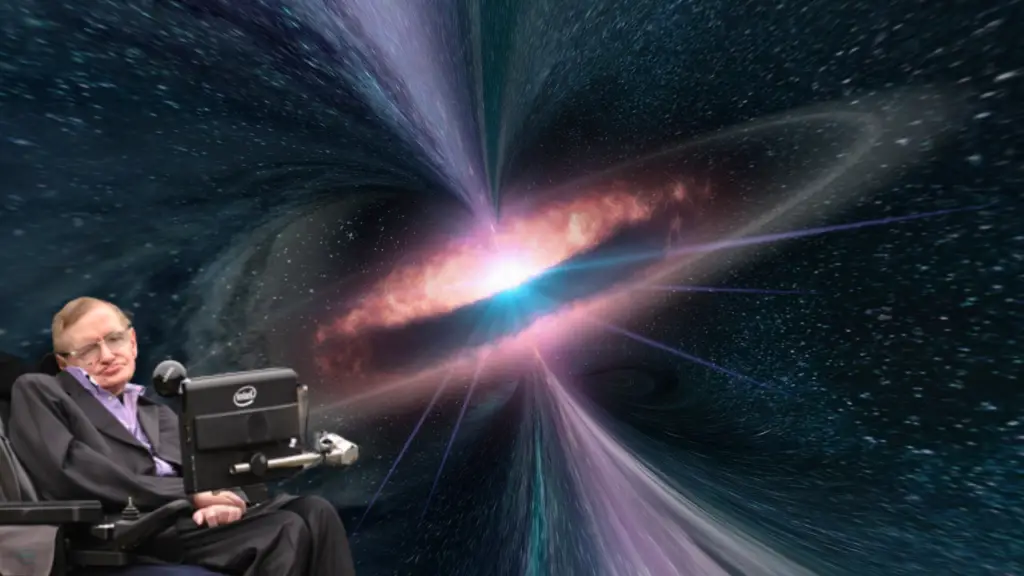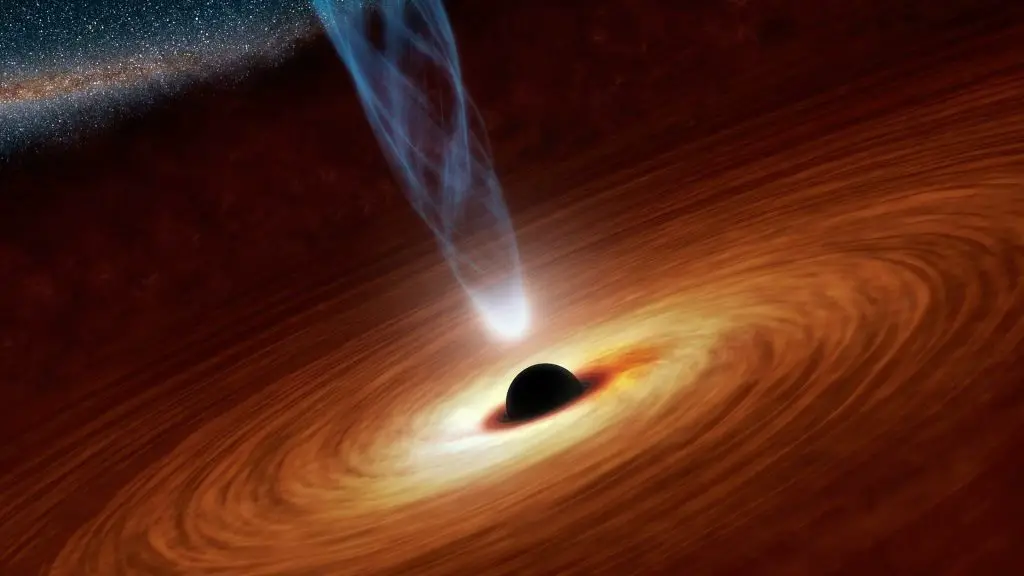Scientists have been fascinated with the existence of several structures including our home planet earth in this universe. Many theories have been created to analyze how the early universe was formed. Stephen William Hawking, an English theoretical physicist, cosmologist, and author was one of these scientists that shared their opinions about the formation of the early Universe. So, what are Hawking’s views about the formation of structures in the early universe? Continue reading to find out.
How Stephen Hawking Explained the formation of structures in the Early Universe
Stephen Hawking began his explanation by describing how Isaac Newton discovered gravity while sitting under an apple tree in the 17th century.
“It supposedly came down on him when an apple fell on his head,” Hawking explains. “Although you can see it, the Earth moves slightly up towards the apples.” He further describes the row of gravity in everything that exists in the universe. “Gravity was created during the big bang and has been at work ever since,” Hawking says, “It is what keep you, me, and the apples on the earth.” However, Hawking went ahead to talk about the role of gravity in the early cosmos. “In the early Universe, gravity has a much bigger role to play,” he added.
After the big bang occurred around 13.8 billion years ago, the universe was only occupied by gas and spread across space. However, 200 million years after the big bang, gravity began to bring the gas together to form structures that led to the creation of all cosmic objects that made up the universe. But gravity alone was not able to get the work done.
“If it weren’t for the struck of another cosmic force, there will be no you, no me, no stars or planets and anything at all,” Hawking explains.
Hawking was able to talk about this because of the study they conducted three decades ago. In 1982, a group of scientists including Stephen Hawking spent three weeks studying how the early cosmos was formed.
“Although the calculations were hard, but demonstrating what we discovered is easy,” he said while explaining the outcome of the discovery.
Hawking and his team began the study by filling the flat floor of a room with ball berries. These balls stand as the matter of the early universe.
“If they are all the same distance apart, gravity will pull each ball in all directions in the same amount,” he explains, “they will stay perfectly aligned, and precisely, nothing happens. Fortunately, one of the basic rules of the universe is that nothing is perfect.”
This implies that perfection does not exist in the formation of the early cosmos.
“The early universe has a tiny unevenness, that can be simulated by removing 5 ball berries,” he explains. “It may not look like much has changed. But to gravity, does missing balls create a giant opportunity.”
These missing balls will give gravity the opportunity to pull stronger on one side of the Cosmos. The small irregularities in space actually gave gravity a unique chance of forming different structures of different sizes in space. This implies that when we left the early universe around 13.6 billion years ago, structures were able to form due to the imperfection of the Cosmos. Part of the gas of the early universe was slightly thinner than others. The less-dense areas were gaps created by gravity.
The denser part of the gas where gravity was stronger merged together and formed all the galleries, stars, planets and other cosmic objects were formed. The irregularities and imperfections of the early cosmos lead to the formation of cosmic objects across the vast universe that we see today using our sophisticated space telescopes.
“So, next time someone complains that you have made a mistake, tell them that you made a mistake, tell them that it is a good thing because, without imperfection, neither you nor I would exist,” Hawking concluded.
Conclusion
Based on Hawking’s explanation, you can see that we were able to exist today because of the imperfection of the early cosmos. What do you think about Hawking’s view of the early universe?




